Baan Dam is the Thai name for the « Black House » located in Chiang Rai in northern Thailand.
The building, also called « Black Temple » or « Temple of Hell », is more of a museum and an art workshop. Built with a mix of traditional Thai architecture and contemporary style, it looks like an ordinary temple at first glance. However, the interior gives off a dark and mysterious atmosphere, linked to the presence of stuffed animals transformed into furniture and artistic installations. The Black House is the world’s largest collection of animal remains. He is opposed to the White Temple, Wat Rong Khun, which is described as heavenly and which is called « Temple of Heaven ».
A multiple construction
The Black House is not a single building, it is made up of about forty wooden and heavy metal constructions of various sizes and shapes, painted black or brown and with large doors, grouped around a large garden. It covers 160,000m² and each building has a unique name.
The main building
The main building is the largest and resembles a traditional Lanna-style Buddhist temple with its statues, carvings of the Buddha and naga serpents. Steep sprockets with sharp metal blades at the ends look spooky.
Inside, we discover the entrance with a huge wooden table covered with table runners in snake and crocodile skins. Black chairs are reminiscent of abused guests. Note also the omnipresence of animal skins, bones and horns in the paintings, sculptures and furniture, not to mention the large canvases painted in blood red with black brushstrokes.
The other buildings
The whale
The whale-shaped building serves as a bedroom for the artist, Thawan Dechanee, creator of contemporary architecture, but also for members of the Thai royal family for meditation.
Cathedral
The « Cathedral » is the building of the art museum. Designed from 1999 to 2009, by Thawan Duchanee and Baan Dam engineers, it is made of wood and consists of 44 large pillars and stairs to the east and west. Sitting on a brick slab 2.80m above the ground, it has a 4-tier Lanna-style triangular roof and is covered with unglazed clay tiles and decorated in Thai and Lanna style like the swan’s tail.
The Little Temple
The construction of the Petit Temple began in 1992, by the engineers of and ended 1 year and a half later. Inspired by the combination of Thai Lanna style art, it is dominated by a tiered native terracotta roof and a gable at the top. It has 6 wooden pillars and stairs on both sides, east and west. A carved wooden Buddha and the ark, a work of Thai and Burmese art, sits inside.
The East Pavilion
The construction of the East Pavilion dates from 1994, it is made of wood and based on mortar, consisting of 6 pillars, glass replaces a wall. Its Lanna-style mansard roof is covered with an indigenous terracotta roof. a Inside is a large wooden table, native art, native instruments of the hill tribes.
The Triangle House
Tri Phum (Triangle House) was built in 1976 – 1977. It took 7 years to build and restore a car it was destroyed three times by a storm. There are terraces on both sides and stairs to go up and down. The 2 sides have 25 wooden pillars supporting the entire building structure and 6 pillars supporting the front and rear decks. . This building is the source of all of Thawan Duchanee’s paintings. It is also used as a writer’s and student’s apartment.
Domes
An exception in all, futuristic white domes resembling igloos. This is the artist’s abstract interpretation of chedis or stupas, those monuments where sacred relics are kept in each complex.
The animal decor is also found in the toilets where buffalo horns and animal skins serve as decor.
Thawan Duchania
Thawan Duchanee is a Thai artist born in September 1939 in the province of Chang Rai, and died in September 2014.
A former student at the Poh Chang Academy of Arts and then at Silpakorn University, he joined the Royal Academy of Amsterdam. He stands out for his paintings but above all for the construction of the Maison des Ténèbres which he began in 1976, which he transformed into his home and artist’s studio. Internationally renowned, he has been exhibited in Thailand, Tokyo, London and Kuala Lumpur. Today, transformed into a museum, the building houses the artist’s works and collections. Although his art has been controversial, insinuating disrespect, it is still popular thanks to the support of public figures. His detractors have even gone so far as physical attacks and vandalism. His work can be admired in embassies and large companies in Thailand and abroad.
For many people, the work of Thawan Duchania represents the human suffering due to desire and greed that Buddha saw during his travels. Death and mortality are found everywhere, demonstrating his attachment to Buddhist religion and philosophy. the works displayed in the Black House are also believed to express his piety as well as the cycle of life, death and rebirth known as Samsara, which leads back to suffering.
Views: 0











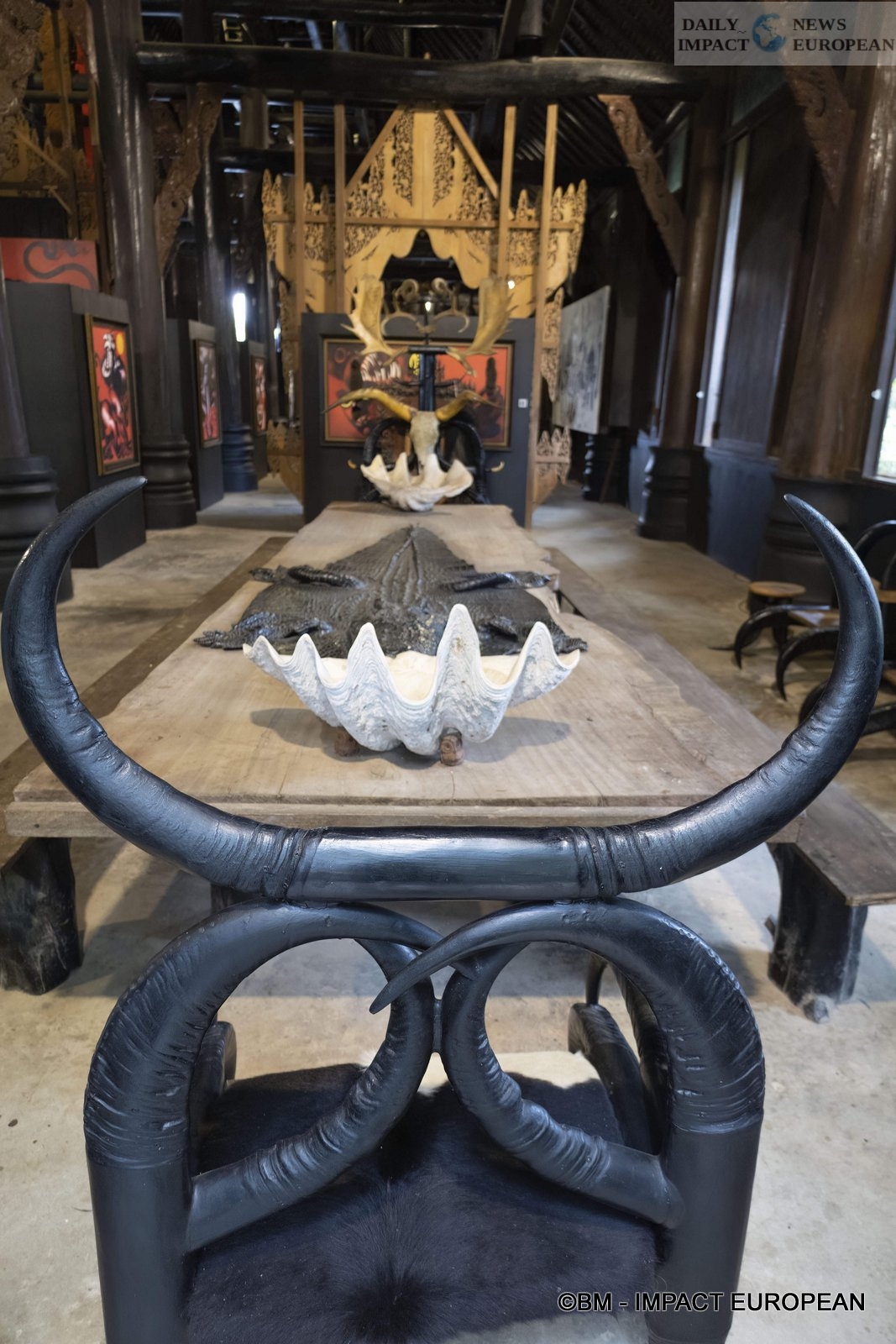
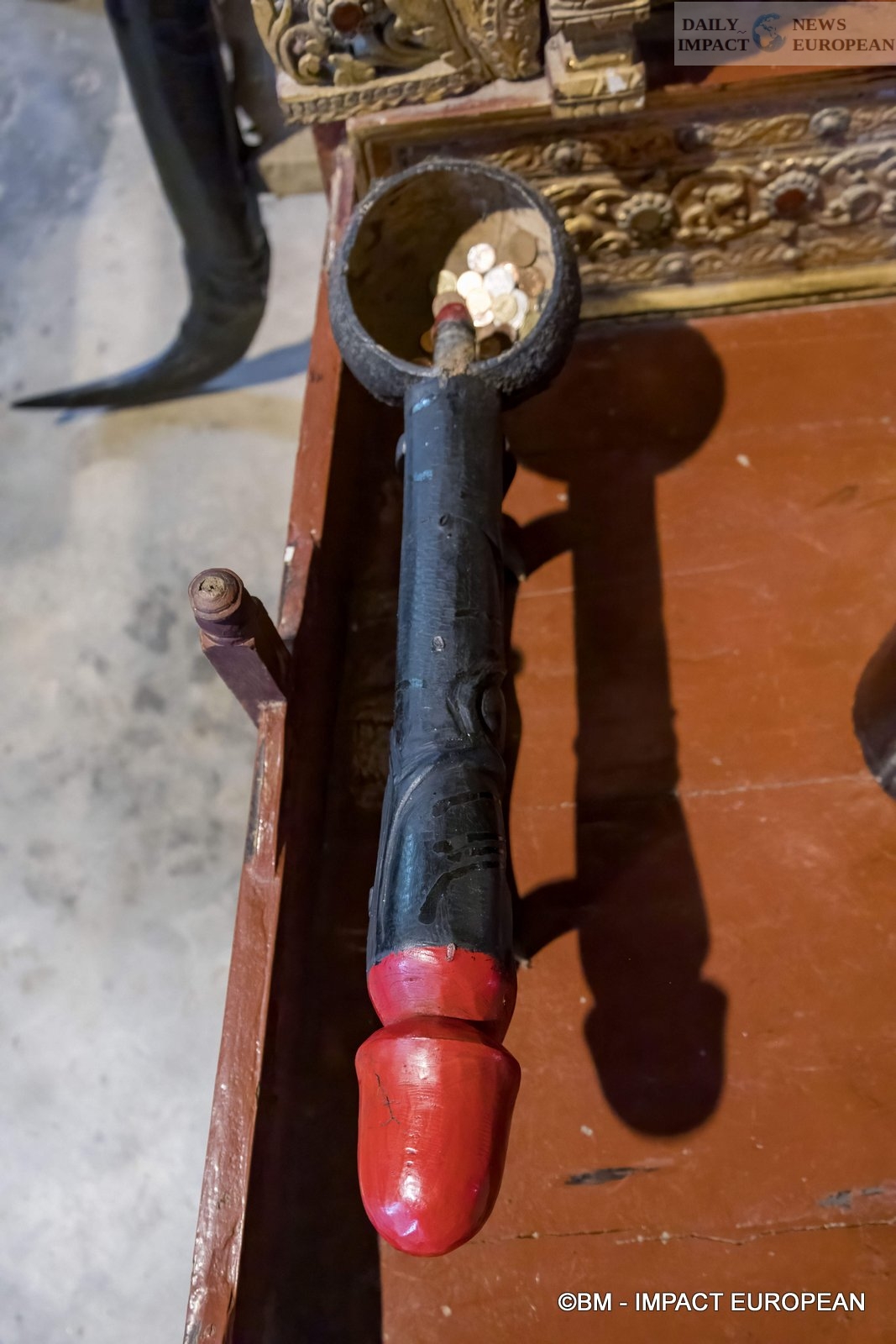






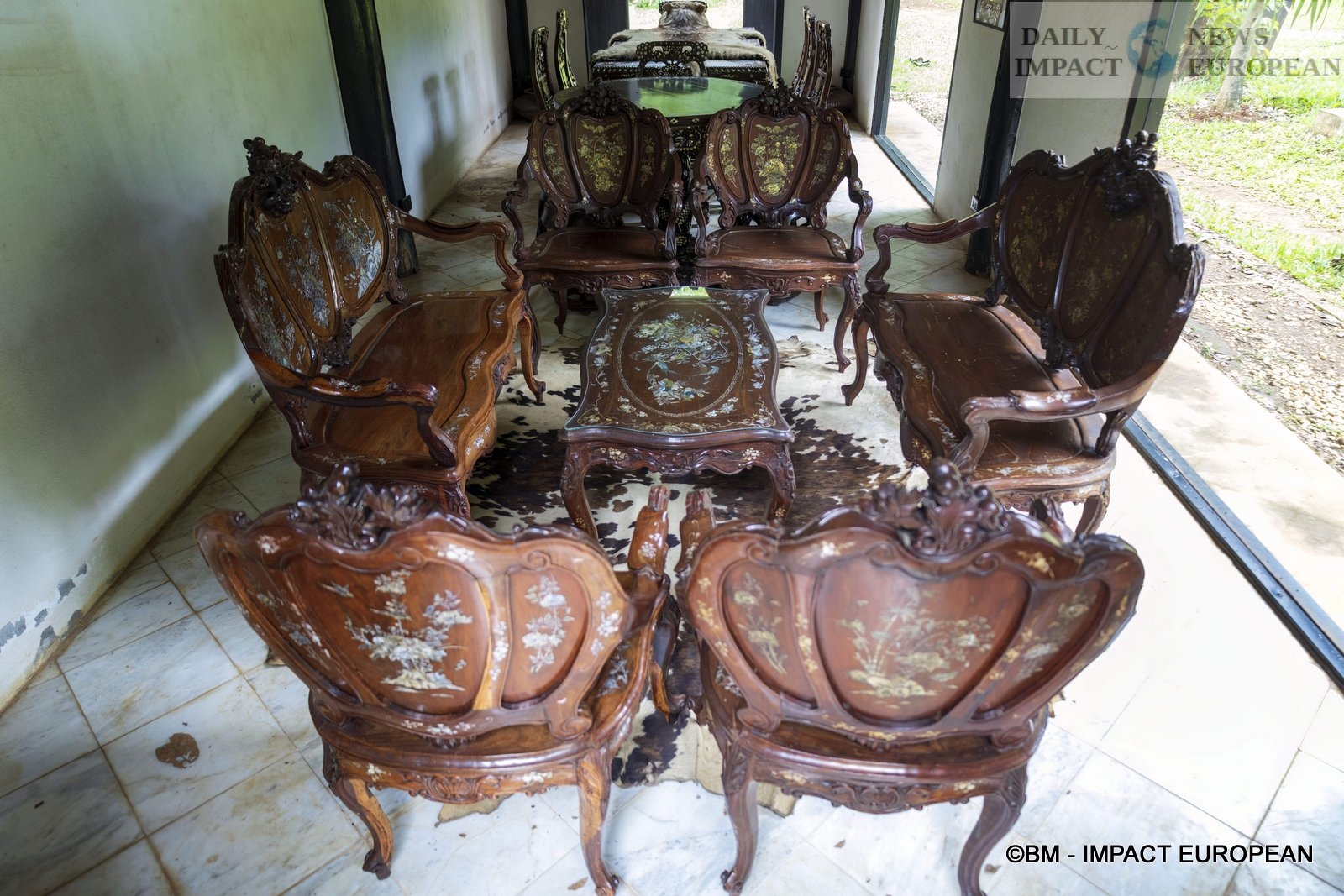
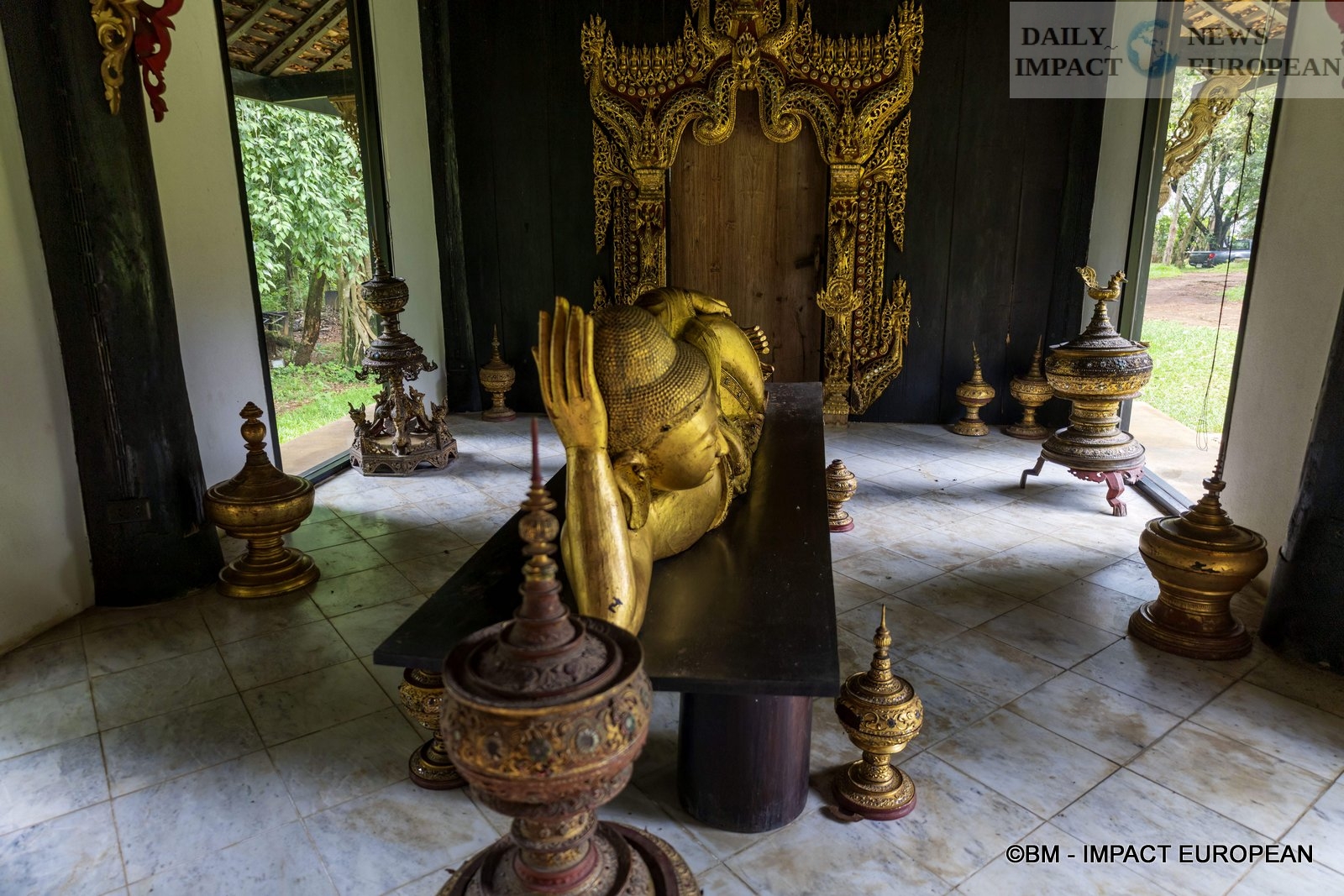




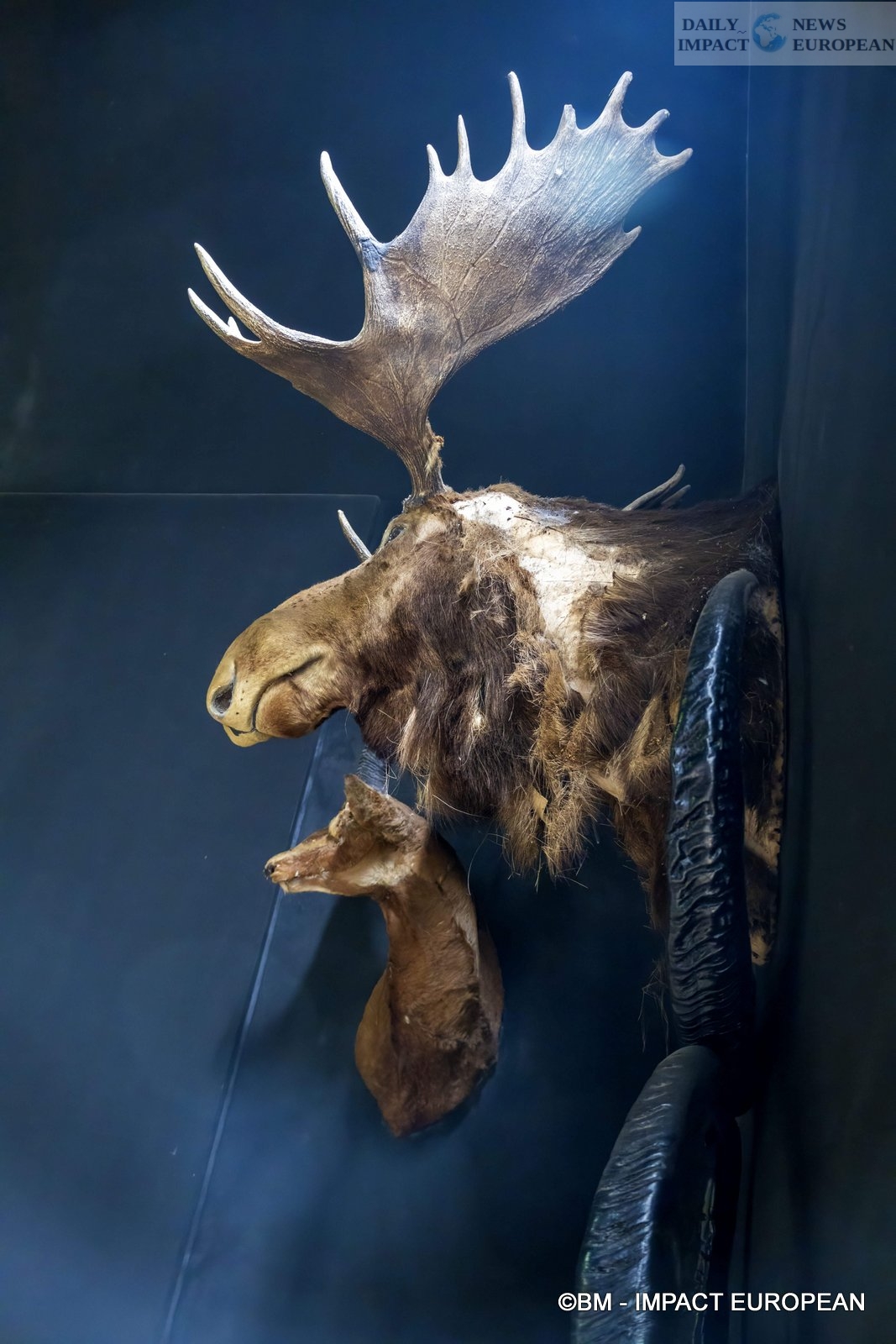







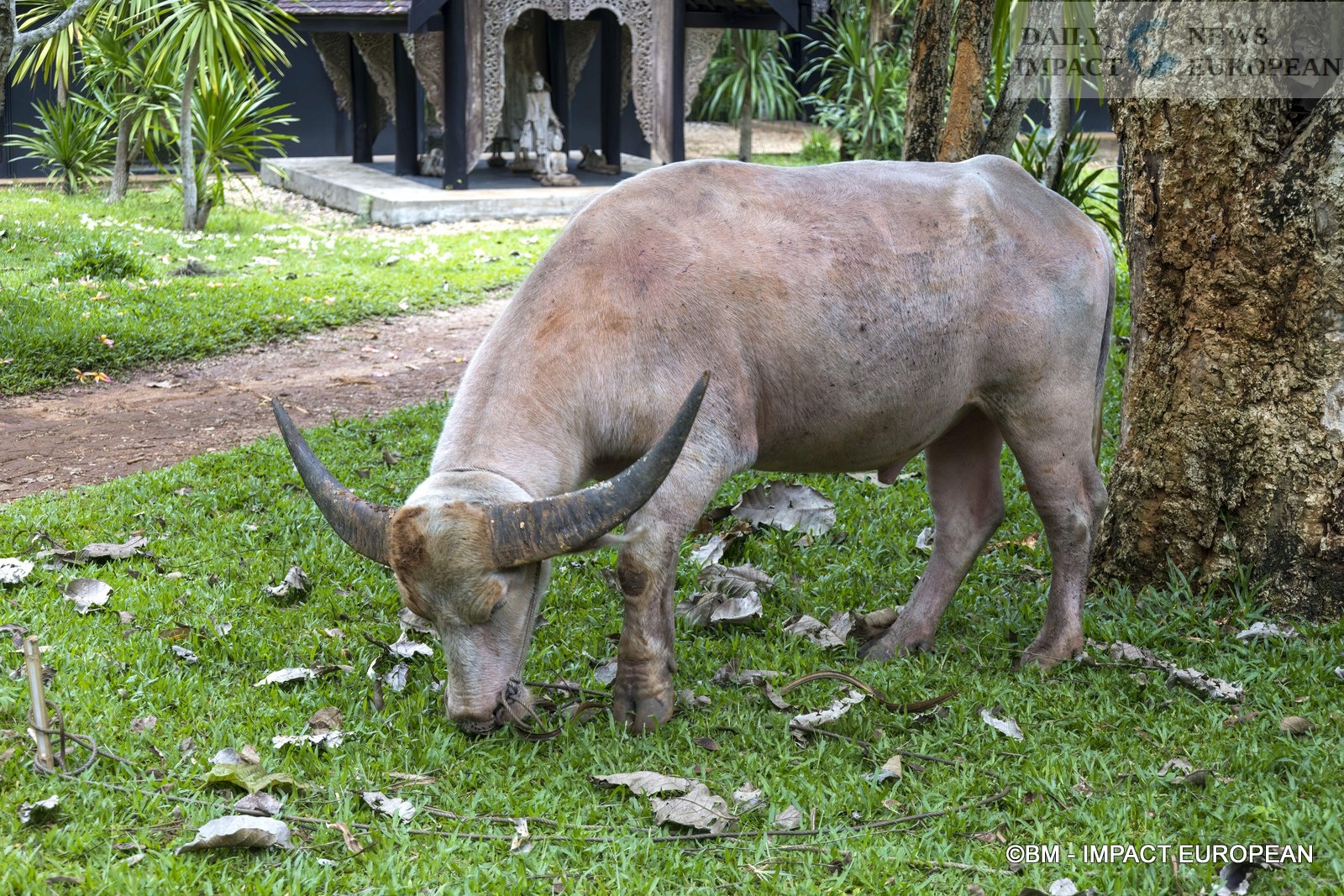
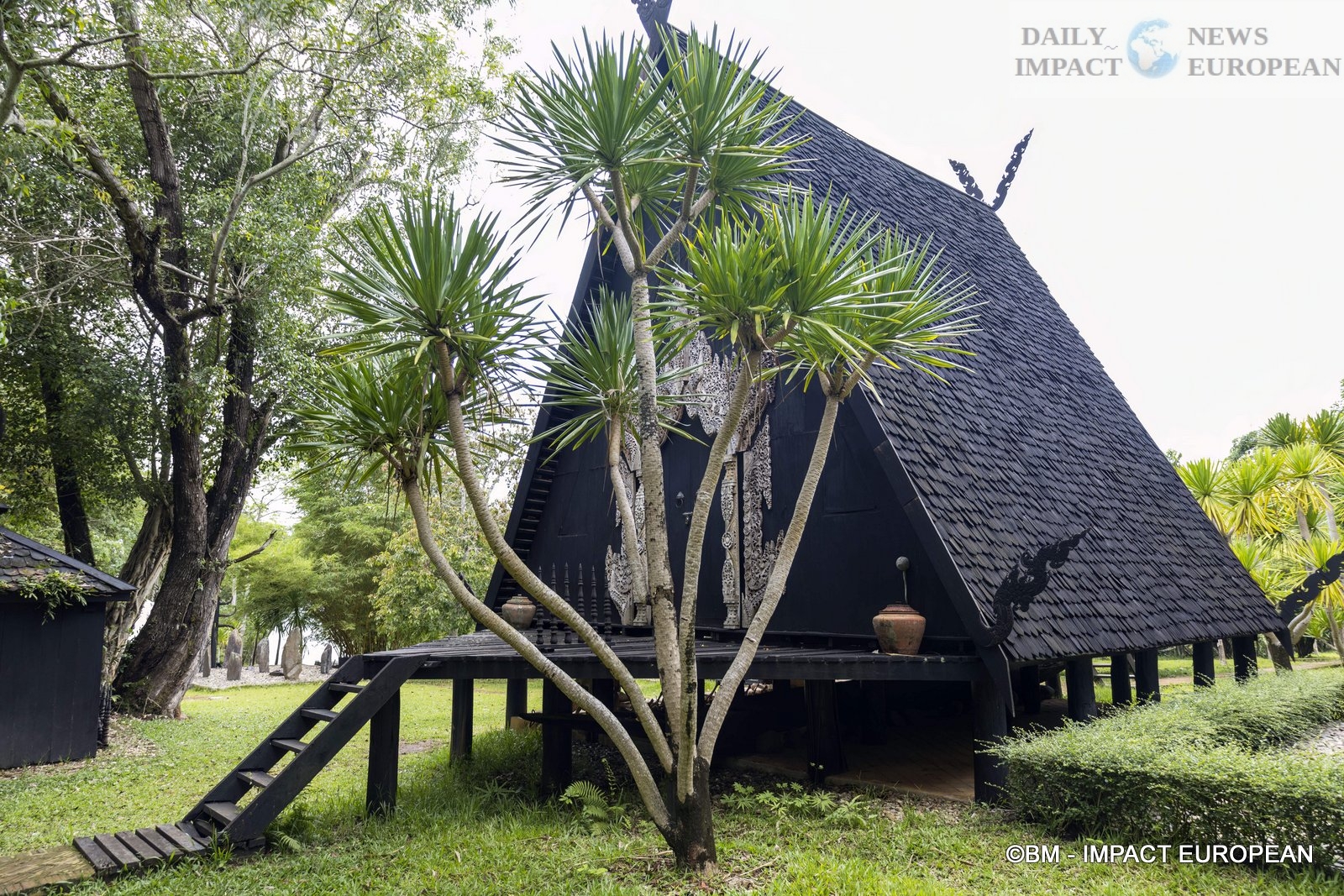





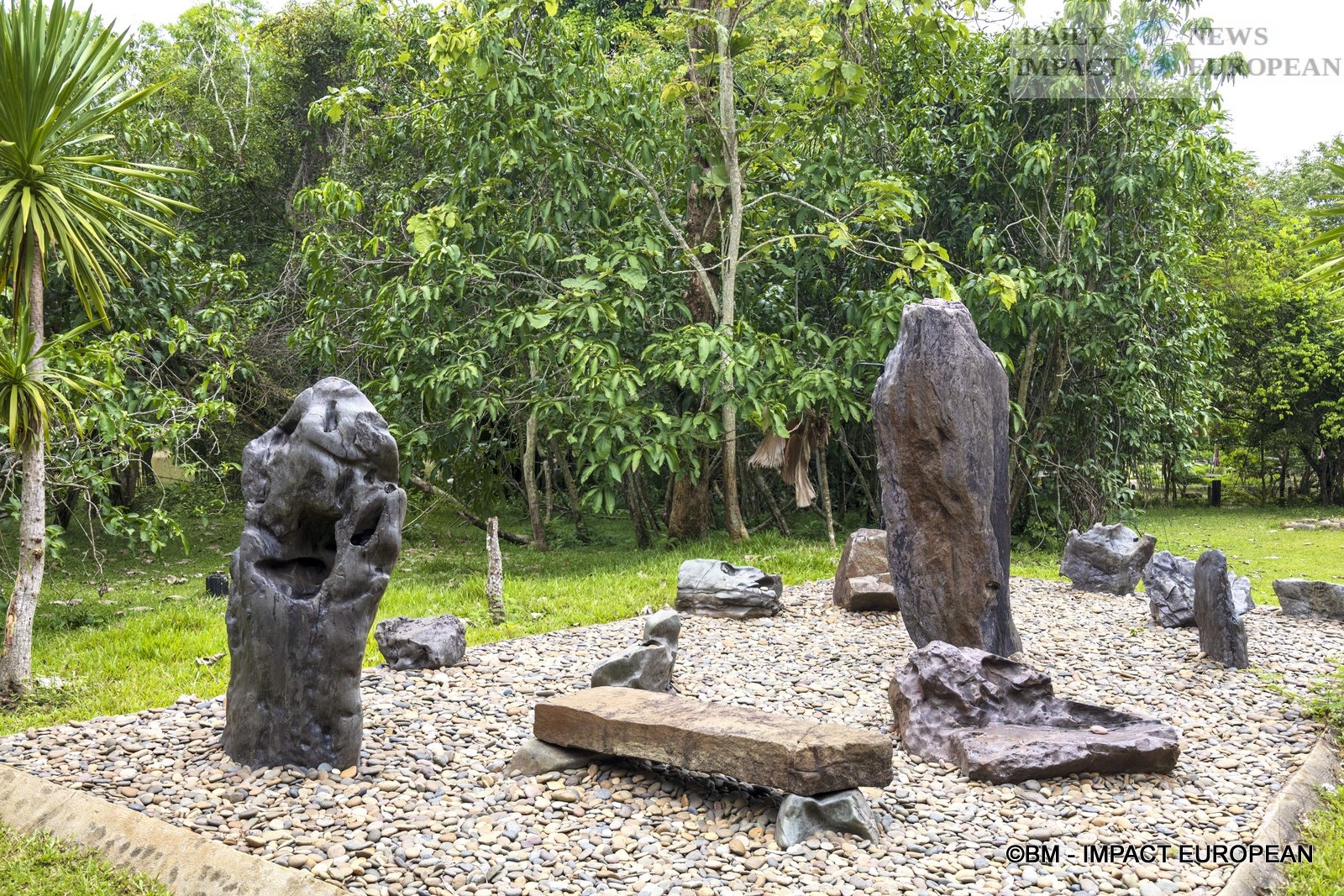

Plus d'histoires
France: Thousands of Doctors March in Paris Against “Authoritarian Drift” in Healthcare System
Agricultural crisis: farmers bring protests to Paris over EU–Mercosur deal
In Paris, Ukraine and Its Allies Seal Security Guarantees for a Lasting Peace